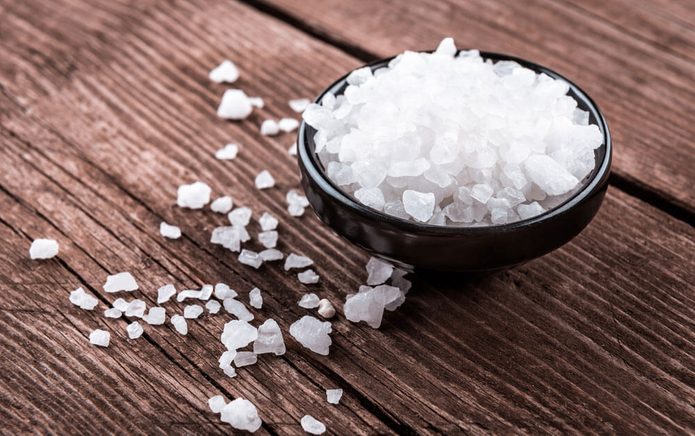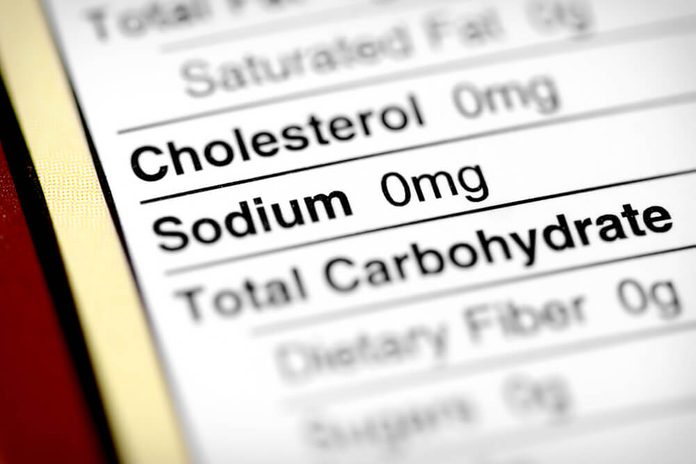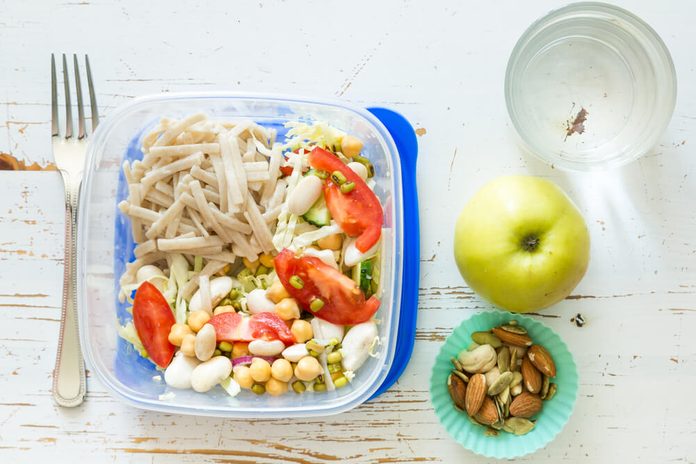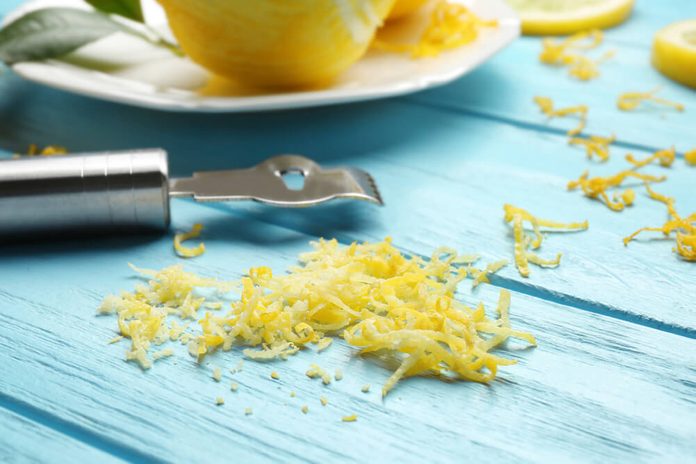
Just being honest here: Salt makes everything taste better. But too much of it is not a good thing. The American Heart Association recommends that the average person eat a maximum of 1500 mg of sodium a day, but many of us unknowingly ingest a lot more than that. That’s because it hides in some surprising foods: breakfast cereal, condiments, salad dressing and canned goods are just a few. Here’s how to cut down your sodium intake and lead a healthier life.
These low-sodium recipes are kind to your heart (and your taste buds!).

Put down the salt shaker
You’d be surprised at how many of our eating habits are automatic. Keep your salt shaker in the pantry rather than on the table. If it isn’t at arm’s reach while you’re eating dinner, you’ll have to think before you sprinkle. And when you think, think “no.”

Rinse canned vegetables
This is an easy one that’s often forgotten. Salt has long been praised for its preservative qualities, which is why many canned goods are loaded with it. So toss your canned veggies in a colander and rinse away the salt before cooking.

Buy low-sodium products
Ingredients like canned beans and chicken broth are now available in low-sodium versions. You may notice the difference in flavor at first, but stick with it. After a few days, you’ll retrain your palate and the full-sodium options will taste like a salt lick. Give these low-sodium dinners a try and you won’t miss the salt at all.

Get to know the Salty Six
There’s so much sodium hidden in these popular foods—breads, cold cuts/cured meats, sandwiches, pizza, canned soup and some chicken products—that the American Heart Association gave them their own club. It’s fine to eat them, but when you’re planning meals, balance their saltiness with some low- or no-sodium items. For more healthy options, check out these low-sodium soups.

Eat more fresh fruits and vegetables
Speaking of low- or no-salt items, fruits and veggies are the perfect choice. Swap your afternoon potato chip fix for a crunchy apple or carrot sticks, or opt for a one of these incredible salads instead of fries. Come on, you know that even though they’re made from potatoes, fries and chips aren’t really the best veggie choice, right?

Cook at home
When you do go out to eat, nutrition facts are hard to come by and it’s hard to know how much sodium you’re gobbling up. When you cook at home, though, you control the amount of salt that’s added to recipes. Have fun with it! Try a new cuisine or your favorite restaurant copycat recipe to keep your sodium in check.

Practice moderation!
To quote Oscar Wilde, “Everything in moderation, including moderation.” It is not realistic to cut salt entirely from your diet or cooking (and it’s not healthy, either), but you can be smart about it. When you do eat out, keep the portion size in check and take half of it home. Or always order sauces and dressings on the side so you can measure your intake better.

Swap in acids or fresh herbs
Acids in vinegar and citrus add tons of flavor without negative nutritional effects. Sprinkle on some red wine or balsamic vinegar, or use lemon or lime zest to taste. Fresh herbs also add flavor without the sodium, so grow some on your windowsill and snip away. (Want to know how to store fresh herbs? Here’s how.)

Stock the pantry with salt-free spice blends
You can find tons of different salt-free blends in your supermarket’s spice aisle. Some brands, like Mrs. Dash, are completely salt-free, while others include a variety of salt-free or low-salt offerings in their lineup. This way, you can salt your food to taste rather than depending on a company to do it for you. Another idea: Make your own seasoning blends and use only as much salt as you want. Here are 13 you’ve gotta try.

Double-check nutrition labels
Compare different brands of a packaged good, say cake mix, and you’ll notice that the ingredients—and, therefore, the nutrition—vary. That’s because Betty Crocker, Duncan Hines and every other food manufacturer use their own recipes. Also check serving sizes and look for the American Heart Association’s heart-healthy seal. Good news! The FDA is revamping the nutrition label. Serving sizes, calories, fat and sodium will be more prominently displayed and the label will be easier to read.
